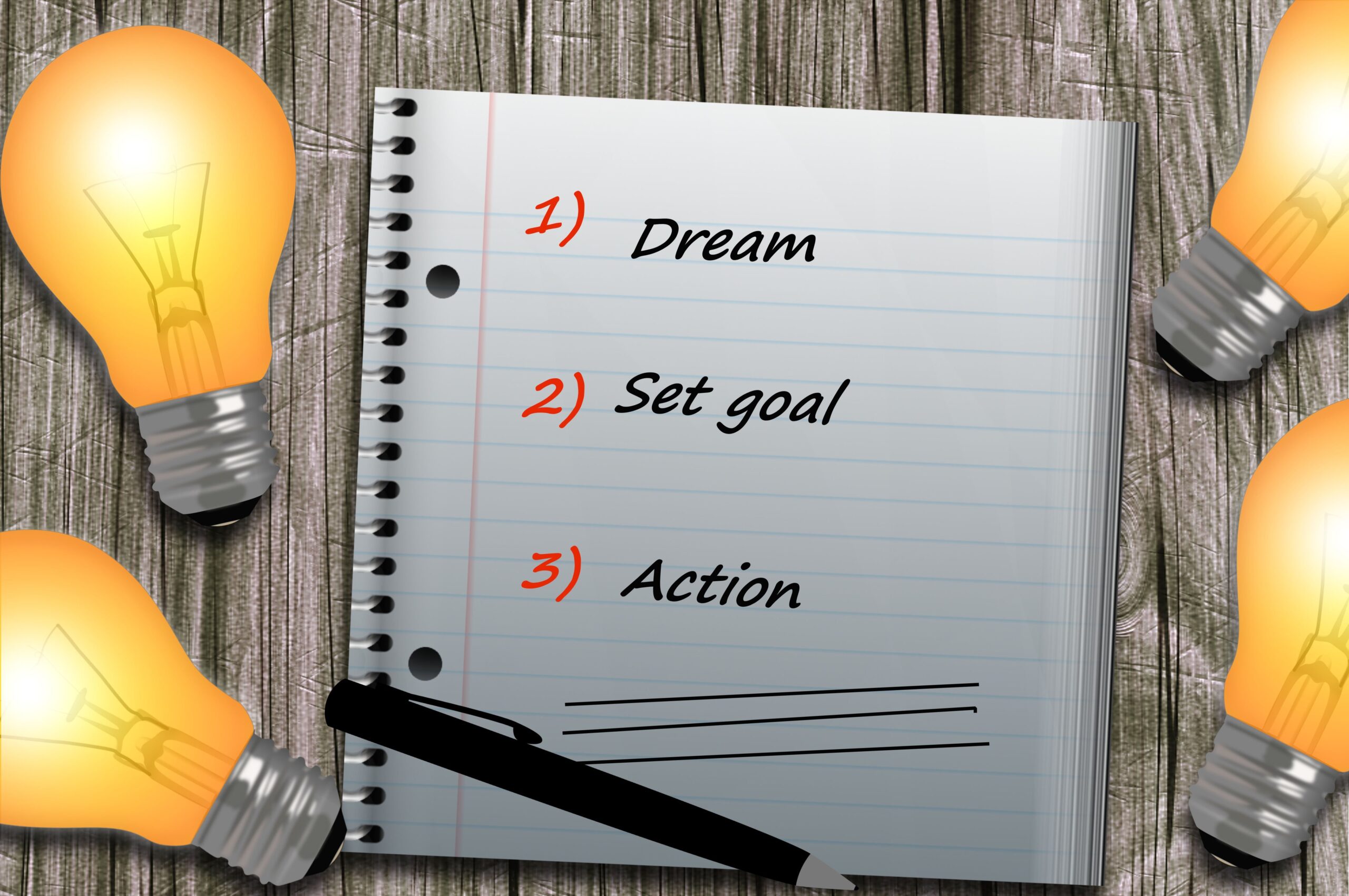Project Management made simple!
Project Management made simple

Welcome to the first in our series of project management made simple!
In this “project management made simple” space we will be looking at various topics ranging from what is Project Management, the project management process, project life cycle including the standard key stages of this cycle, project planning to stakeholder management and engagement and other essentials of project management.
Let us start first with the question “what is a project?”
A project can be defined as a series of tasks that need to be completed to meet a specific or particular outcome. Put it simply a project can be described as a piece of
work or task that has a specific objective which needs to be completed within a set timeframe and when completed, a product or an outcome or service is created.
What then are some of the characteristics of a project?
It is temporary, it has a beginning and an end, constrained by time, money and resources. In other words, a project needs resources which can be in form of money,
people, equipment and needs to be completed by a specific time. Each project is unique in its own right!
This leads us to the second question, how do you manage your project? So then, “what is project management?”
Project management involves the application of knowledge, processes, skills, tools, and techniques to project activities to meet the requirements of the project to achieve a specified outcome.
Putting it simply, project management involves the planning of every stage of the project including initiation, implementation, monitoring and closing the project.
There are different types of project management techniques, tools and methodologies. Some of the most popular methodologies include:
Agile: people and results focussed iterative approach to deliver to delivering a project throughout its life cycle
Prince2: controlled project management that ensures nothing is left to chance, projects are managed in a controlled environment
Waterfall: planning a project fully and executing it through phases, each phase within a product life cycle occurs in a sequence
Scrum – a model which enables a small cross functional, self-managing team to deliver fast and effectively
Before you start your project, you need to consider the right project management tools and the appropriate methodology you are going to use to run and deliver it effectively.
Examples of projects
Projects vary in size, complexity and objectives and can be managed by one person or more depending on the project.
Some examples of a project are:
· Implementing a new business system
· Building a house or an office
· Renovating the bathroom
· Planning a wedding or a holiday
· Developing a new service or product
· Running a campaign
· Organising a meeting
· Construction of a new park
· Buying a house
So, where do projects come from and what is the driving force behind projects?
The fundamental driving force behind any project are “needs”. In other words, projects arise in order to meet and satisfy some specific needs. These needs could arise out of a particular problem, an issue, a niche or an opportunity.
The formal basis for carrying out a project is known as the project charter. It defines what the project is about, how it will be managed and controlled. It also provides information on how it will be known when the project has been completed.
A project charter provides the following:
- A clear definition of the objectives of the project
- Approval to start planning the project
- Identifies the stages in the project
- Establishes the criteria for starting and ending the project
Hope the above has given you an understanding of what a project is, the definition of project management, where projects emanate from and the elements of a project charter!
See you next time!
